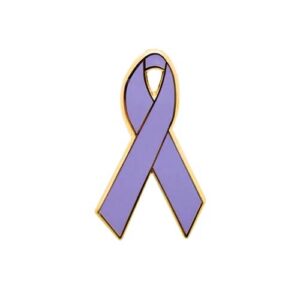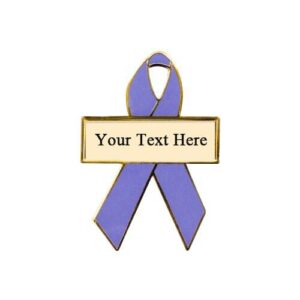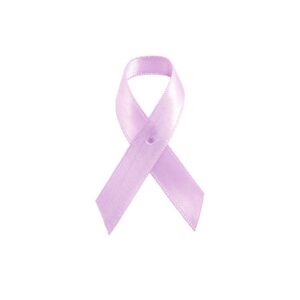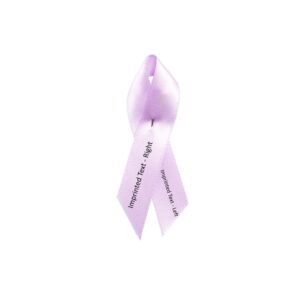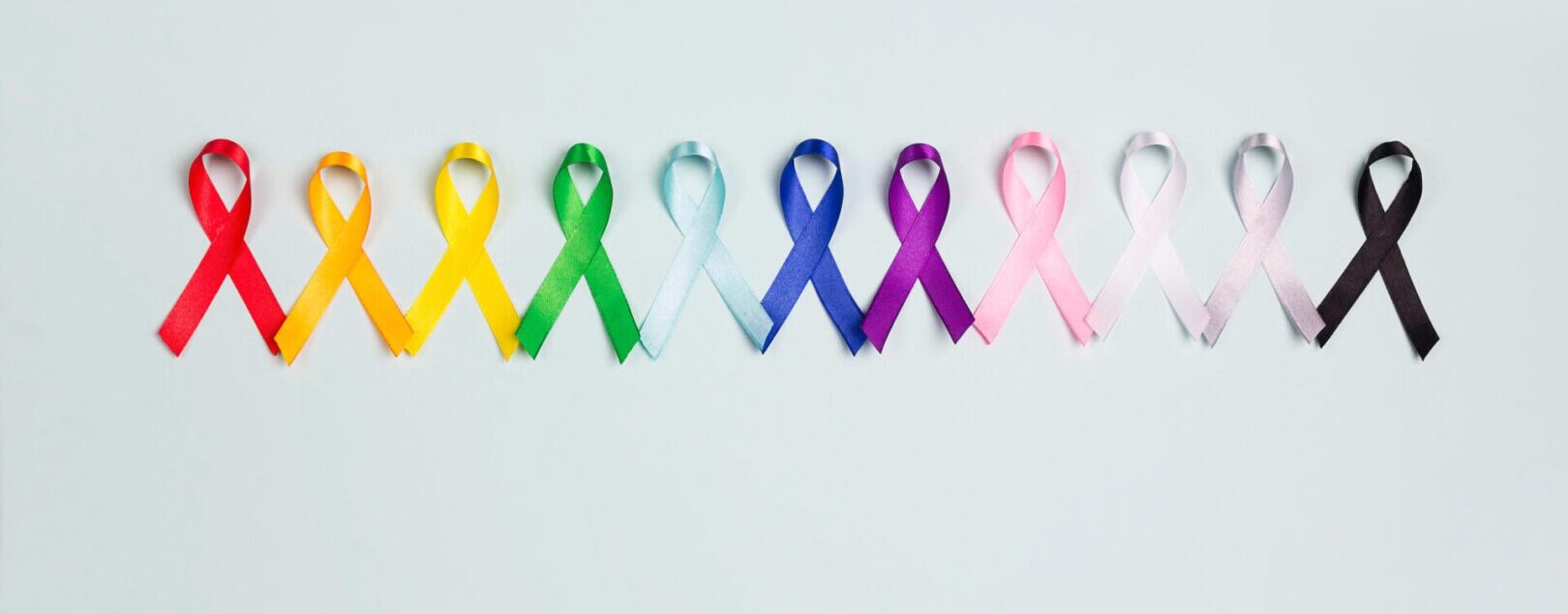National Cancer Prevention Month
National Cancer Prevention Month takes place each February. Additionally, the associated color with this yearly observance is lavender.
Cancer Prevention Awareness Statistics
Nearly 2 million Americans will be diagnosed with cancer (other than non-melanoma skin cancer) during 2023. Further, more than 600,000 will die from their disease. In addition, research shows that more than 40 percent of these cases and nearly half of the deaths are from preventable causes. These include, for example, smoking, excess body weight, physical inactivity, and excessive exposure to the sun, among others.
This means that steps such as quitting smoking (or never starting in the first place), maintaining a healthy weight, exercising regularly, protecting your skin from the sun, and getting vaccinated against the pathogens that cause certain cancers, can dramatically reduce your risk of cancer in many cases.
While there is no certain way to prevent cancer, there are certain risk factors that increase the likelihood. For this reason, take action to lower your risks through healthy lifestyle choices, getting recommended cancer screenings, and vaccinating against certain viruses.
National Cancer Awareness Month and Cancer Risks
Factors that are known to increase the risk of cancer:
- Cigarette smoking and tobacco use
- Infections
- Radiation
- Immunosuppressive medicines
Factors that may affect the risk of cancer:
- Diet
- Alcohol
- Physical inactivity
- Obesity
- Environmental risk factors
Action Steps for Reducing Cancer Risks During National Cancer Prevention Month
1. Maintain a Healthy Weight and Active Lifestyle
- Eat a plant based diet. In addition, decrease your intake of higher calorie food.
- Further, limit processed meats and alcohol.
- Include at least 30 minutes of physical activity in your daily routine. Even better, strive for at least 150 minutes a week of moderate aerobic activity or 75 minutes a week of vigorous aerobic physical activity.
2. Avoid Smoking and Tobacco Products
- All forms of tobacco products have chemicals that damage DNA and cause cancer.
- No forms of tobacco are safe. These include, for example, cigarettes, e-cigarettes, cigars, chewing tobacco/snuff, hookas/waterpipes, and even secondhand smoke.
- If you need help quitting tobacco, ask your doctor about products and strategies available to support you.
3. Use Sun Protection
- Stay out of the sun between 10:00 a.m. and 4:00 p.m.
- Generously use sunscreen. In addition, cover exposed areas with hats or loose clothing, and utilize the shady areas when outdoors.
- Avoid tanning beds and sun lamps.
4. Immunizations
- Certain viruses can cause cancer. There are vaccines that have been proven to be effective to reduce your risk.
- The Human Papillomavirus (HPV) vaccine can significantly decrease the risk of several cancers including cervical, throat, tongue, anal, and other genital cancers.
- The Hepatitis B vaccine decreases the risk for liver cancer.
5. Screenings
- Regular screenings help detect cancers early and maximize your chance for successful treatment.
- Check out the American Cancer Society’s cancer screening guidelines by age.
6. Know your Family History
- 5-10% of all cancers are inherited.
- Lastly, understanding your family history can help guide your discussion with your physician about when to start cancer screening and whether to consider genetic counseling.
Take Action During National Cancer Prevention Month
The National Cancer Institute and others continue to study new ways to prevent cancer.
Challenge yourself to do at least one of these TAKE ACTION steps each month. Then, add another the next month. And, finally, another and so forth until you are doing them all!
Sources:
